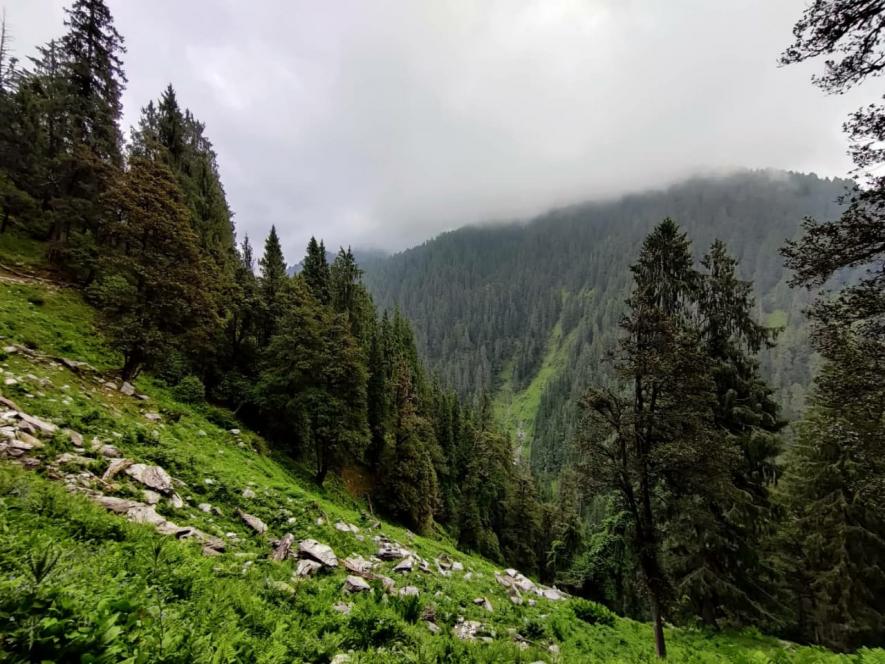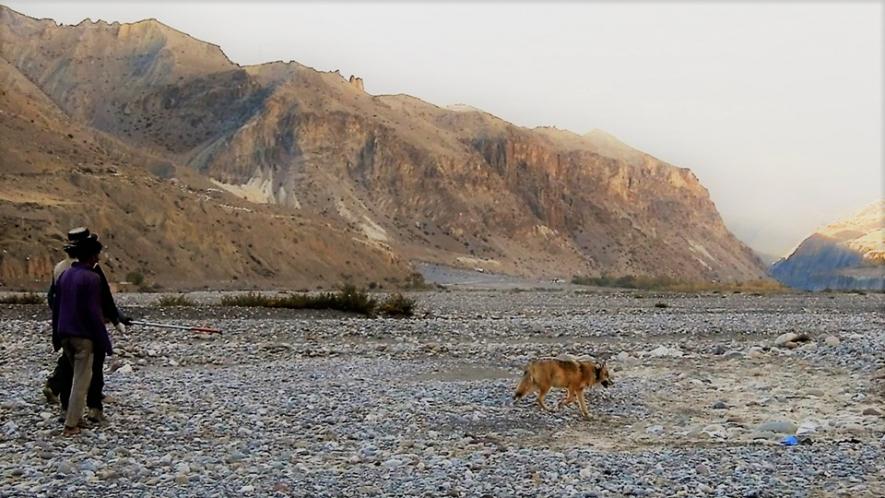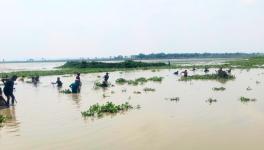Need for More Knowledge to Conserve Himalayan Ecosystem

Most of the Himalayan ecosystem outside the protected areas is under threat. Though, the forest cover has increased, according to the Forest Survey of India, its impact on biodiversity is unclear. Irrespective of the data being generated on the ground, habitat degradation in the Himalayas is unabated, leading to a decline in species.
These views expressed by GS Rawat, former dean and director, Wildlife Institute of India (WII), on the status of the Himalayas on Himalaya Day on September 9.
Since the theme of this year’s Himalaya Day was ‘Himalaya: Science and Knowledge’, Rawat also raised the issue of scientific knowledge for the effective management of the Himalayan ecosystem.
“We do not know the regime of grassland and its management. Similarly, there are contradictory theories on the management of pine forests. Some ecologists believe that pine needles aid forest fires without any scientific study to back the claim,” Rawat said, adding, “Pine needles play an important role in nutrient recycling. Different aspects need to be taken into consideration in conducting a scientific research on such issues.”
Rawat also raised the issue of degradation of meadows in the Alpine region of the Himalayas and the alienation of the nomadic Gaddi community from the pastures of the higher Himalayas, where they move around with their large flock of livestock.
WII scientist Bilal Habib stressed the need for mega financial projects to understand the intricacies about species, both herbivore and carnivores, to conserve them for future generations.
S Sathya Kumar, another senior WII scientist, said, “We are facing the challenge of development (hydro power projects, roads, etc.) versus conservation. There is a lot of uncertainly in data. We need to use simple and easy methods for long-term monitoring, which could be useful for conservation.” He urged youngsters to conduct research to unravel more mysteries about the Himalayan biodiversity and its species.
Wildlife scientists and conservationists unanimously supported expanding the current knowledge base and the need for scientific advancement to better understand the Himalayan ecosystem.

WII scientist Salvador Lyngdoh scientist said that installing camera traps in rugged and remote Himalayan ranges have helped in gaining more insight into the world of elusive wildlife species, such as their behaviour pattern, activities, etc.
“Similarly, GPS telemetry has helped in understanding how animals behave in a given space. The information and data generated through such scientific methods will play a pivotal role in identifying critical species and their conservation,” Lyngdoh added.
WII researchers like Ranjana Pal threw light on scientific methods like distance sampling in remote network in researching Ungulates in Himalayas. Low population density of the species, inaccessibility of the terrain and logistic constraints are some of the challenges in the terrain, she pointed out.
Another researcher Shivam Shotriya said that the transect method works in flatter area but not on treacherous high mountains. Point count distance sampling method is considered beneficial for being cost and time efficient, larger coverage of areas and reliable estimates compared to traditional total count. This method works for species with wide and evenly distribution like kiang and Blue Sheep.
Urjit Bhatt explained the connection between moonlight and mammalian behaviour in the Manas National Park, Assam. Hussain Reshamwala mentioned the behaviour of species using telemetry. Extreme winters, when temperatures dip to minus 20 degrees Celsius, pose a series of challenges, such as freezing of camera traps and tranquilisers, which make it further difficult to put radio collars on a wild animal in the higher Himalayas, he said.
Around 40% of amphibian species are in the danger of becoming extinct, which calls for urgent gathering of more information on these animals. WII researcher Naitik Patel explained the amphibian abundance mark recapture estimation technique to gather data about their population in a given area of the Himalayan region.
Get the latest reports & analysis with people's perspective on Protests, movements & deep analytical videos, discussions of the current affairs in your Telegram app. Subscribe to NewsClick's Telegram channel & get Real-Time updates on stories, as they get published on our website.
























